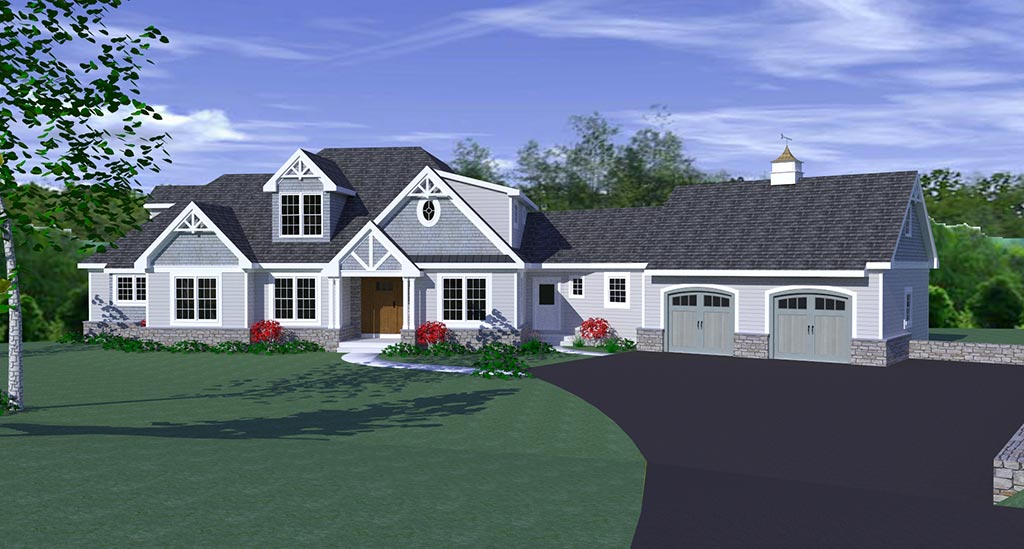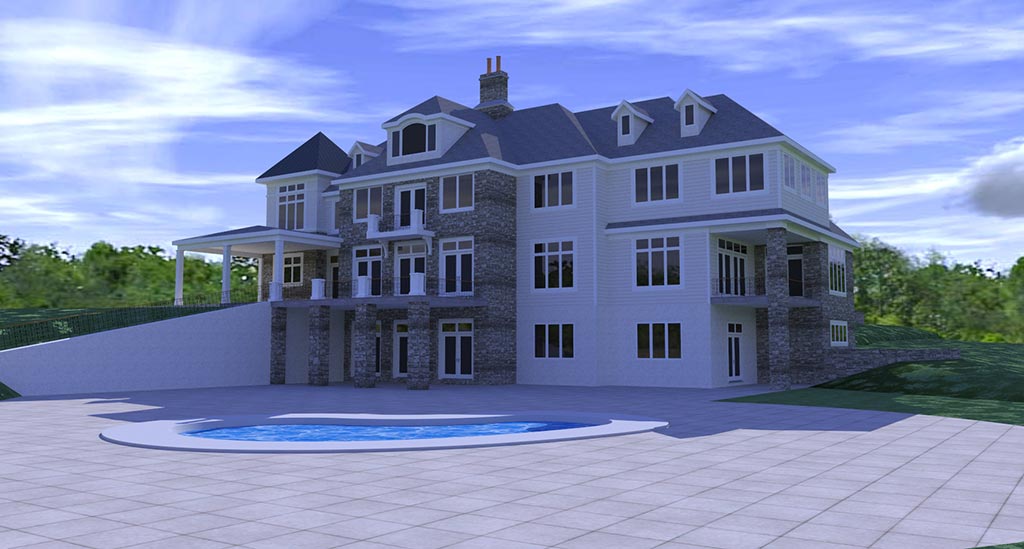Architectural Design & Documentation
The design process for every project includes a distinct set of factors which combine to make each solution unique. The first step in this process is gathering and analyzing information. Site, climate, program, zoning, building and accessibility are just a few of the issues to be considered. This provides the basis to produce a Schematic Design.
Schematic Design establishes the general scope, conceptual design and overall parameters of the project. It is during this phase that thumbnail sketches and early CAD drawings are produced that synthesize the information gathered into a coherent solution.
Following Schematic Design, the next design stage is Design Development. Design Development is the period in which the design itself achieves the refinement and coordination necessary to create a polished work of architecture that can be understood and constructed.
The last stage of design is the Documentation phase, also known as Construction Documents. In general, the purpose of construction documents is to communicate to the Owner and prospective Contractor, in detail, what the project involves. They establish the contractual obligations the Owner and Contractor have with one another, and they communicate the quantities, qualities and configuration of the work required to construct the project.
Site Analysis & Master Planning
Site Analysis is a vital first step in the design process. It consists of evaluating an existing or potential site as it relates to the program, the budget and the schedule for the project. Understanding of the site is crucial and often provides direction for the design of the project. Some specific areas which often affect a design are: climate, wind, solar orientation, topography and utility locations.
Master Planning is the comprehensive design and layout of buildings, parking, landscaping and other elements on a given site which best utilize information gathered from the site analysis. The master plan is the overall view of what the client wishes for the project in conjunction with and environmental or zoning driven restrictions, resulting in a design that satisfies both the functional and aesthetic parameters set forth for the project.
Space Planning
Space Planning involves providing alternative layouts on how a particular building area will be used from program requirements supplied by the client. Along with code evaluations this is used to design a space custom tailored to a client and his or her workers to create a healthy, warm and productive environment in which to work or live. This can be utilized to fit a certain program into an existing space or project the correct size and layout for a new space.
3-D Visualization & Building Information Modeling
3-D Visualization & Building Information Modeling (BIM) allows the client to see a project or space in a more realistic way and placed into the context with which it was intended. It is an effective way for a client to understand, in a three dimensional representation, what is otherwise shown by the Architect in a two dimensional manner. Essentially the building is accurately built in a digital form before it is physically constructed.





